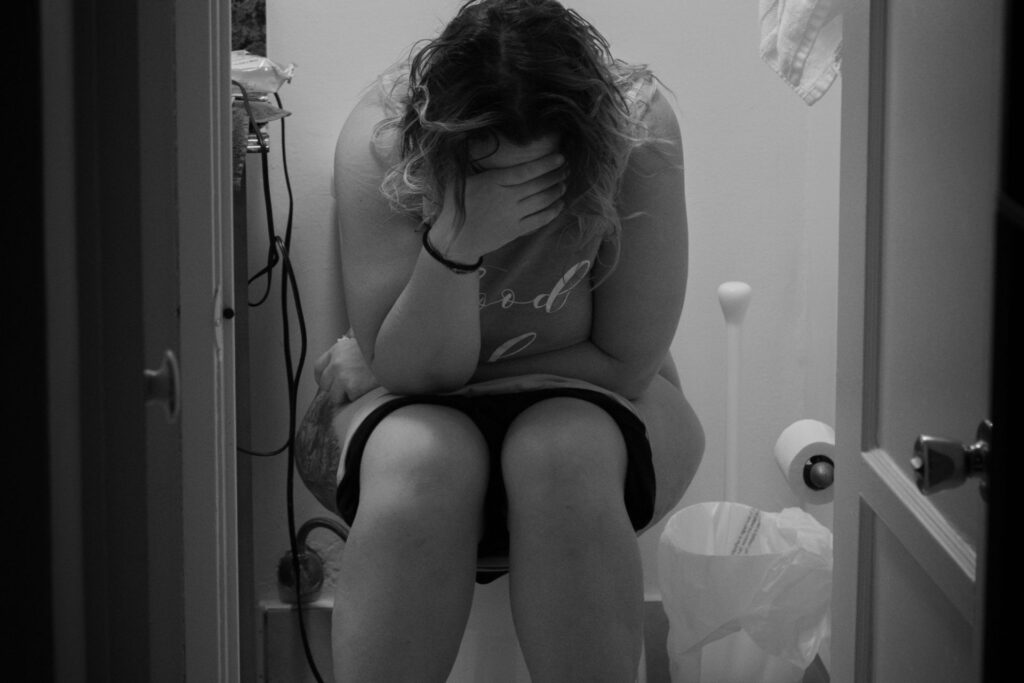Melanie Lapointe didn’t want to give birth to her first child in a hospital, but the thought of having her baby in her small condo wasn’t appealing either. Luckily, her February due date coincided with the opening of the Ottawa Birth and Wellness Centre, and Lapointe was able to have her baby girl in a homey environment. “It was even better than I expected,” she says. “The atmosphere was so relaxing, I think it helped the labour.”
Birth centres are an option for women with low-risk pregnancies who are under the care of a midwife. They’re designed to provide a home-like, non-institutional environment to have a baby, says Wendy Grimshaw, executive director of the Ottawa facility. In fact, the birthing rooms look more like fancy hotel suites—they’re equipped with fireplaces, comfortable furniture, luxury bedding and large birthing tubs. Moms-to- be can control the temperature and lighting, as well as who is able to visit the room. Because these places are fully operated by midwives, labouring women don’t have access to hospital-based interventions such as epidurals or narcotic pain killers. However, pain management tools such as birthing balls, stools and suspended slings are provided, as well as some procedures like water injections and nitrous oxide.
Lapointe felt being at the centre during labour and delivery was empowering, mostly because it provided the relaxed atmosphere and unmedicated birth she had hoped for. The thing is, birthing centres really aren’t for every family. Expectant parents who have a midwife should think about where they’ll feel the most comfortable and what’s best for the mom-to-be and the new arrival. If you’re not sure where to start in your decision-making, here are two big factors to consider.
There’s no clinical intervention. You may feel like a birthing centre gives you the comforts of home, but it also gives you the services you’d have if you were having your baby in your own bedroom. There are no doctors or nurses at birthing centres (they’re run by midwives), you won’t get access to narcotic pain killers and, says Grimshaw, “there is no more clinical intervention than in a home birth.” There are emergency protocols in place if patients need to be transferred to a hospital. You can also request to be moved if you change your mind and decide you want to proceed with an epidural.
You’ll need a backup plan. Birth centres only admit patients who are in active labour, and it’s first-come, first-served—unlike hotels, there’s no reservation desk. This means that you and your midwife should have a backup, in case there are no rooms available when you’re ready to check in.
Originally published in ParentsCanada magazine, June/July 2014. Photo by Pixels.com.










